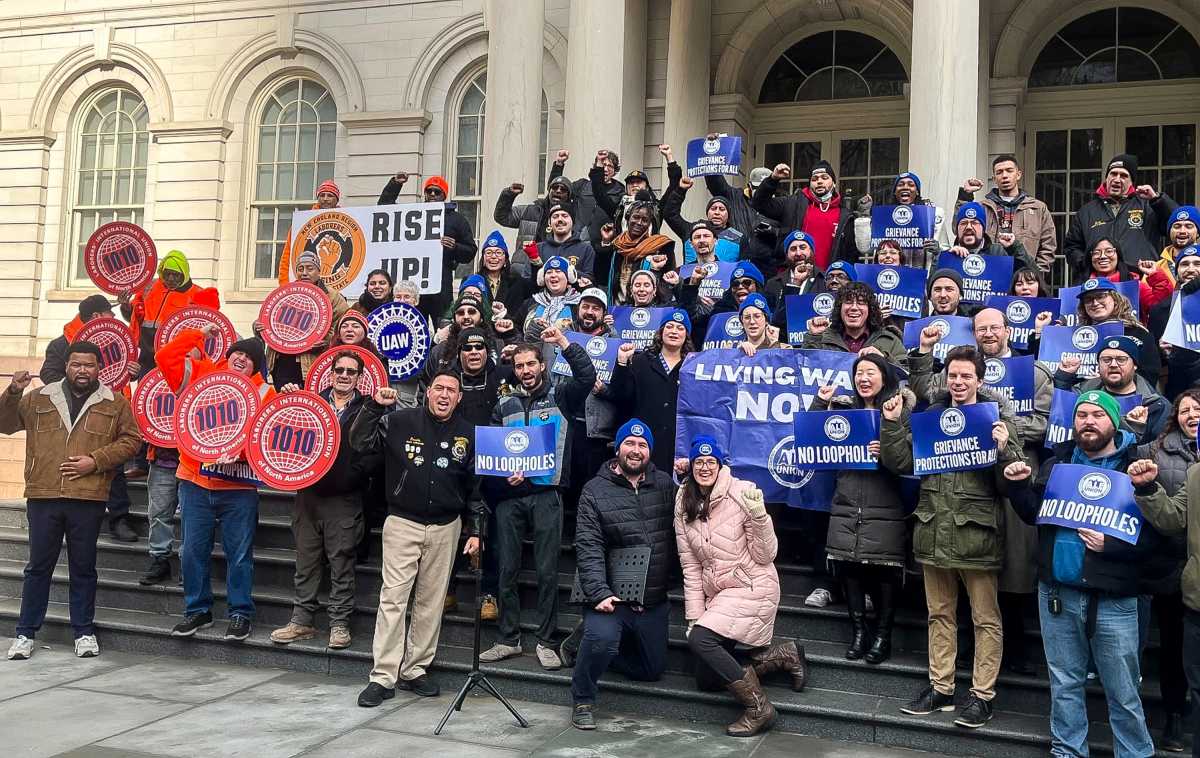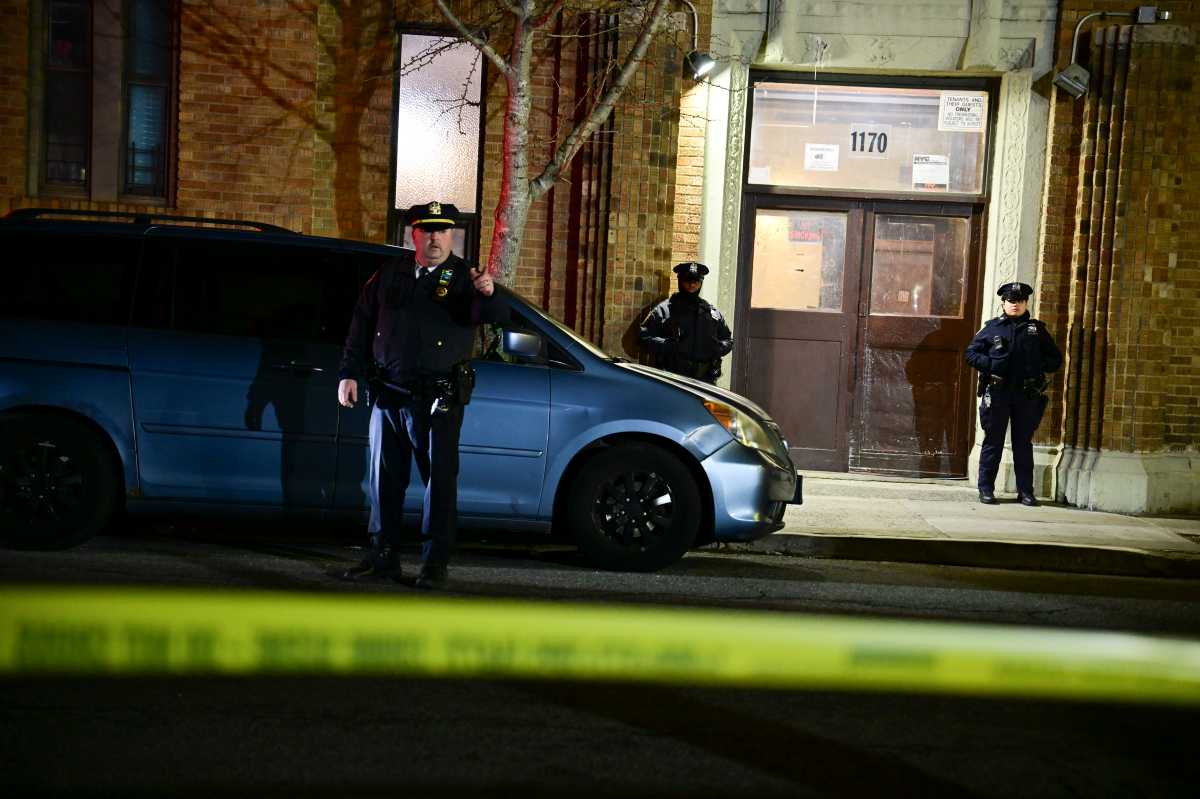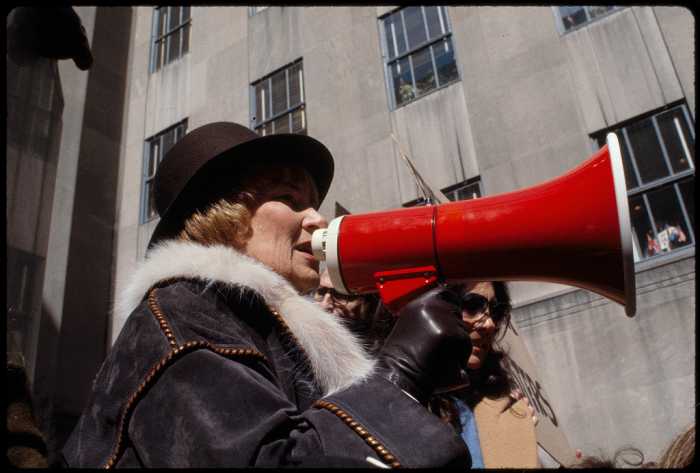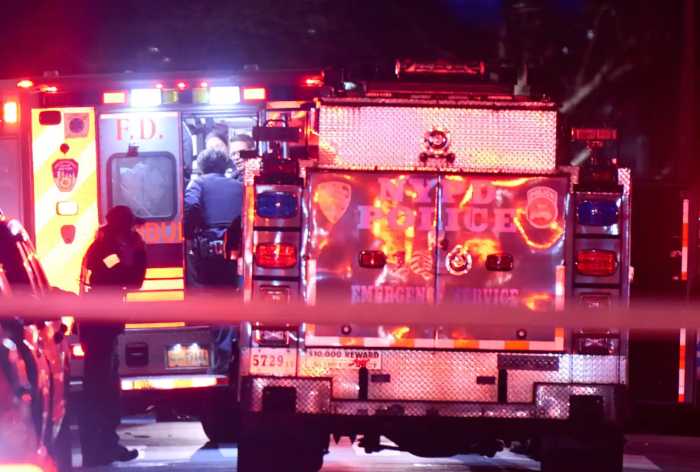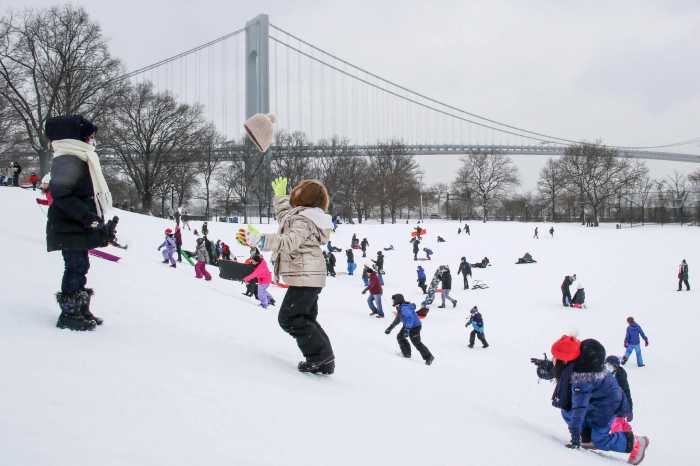Federal officials were in Manhattan on Monday to investigate the Brooklyn Bridge ship crash involving a Mexican Navy ship on Saturday, a collision that left two crew members dead.
Investigators from the National Transportation Safety Board (NTSB) said the training ship, called Cuauhtémoc, was supposed to go south on the East River — the opposite direction of the Brooklyn Bridge — when it left Pier 17 at 8:20 p.m. on May 17. It was en route to Iceland.
According to Brian Young, the investigator in charge, the first calls for assistance from the Cuauhtémoc came about four minutes after the ship left the pier.
“A VHF radio broadcast was sounded requesting assistance from other tugboats in the area of the Brooklyn Bridge. That was followed by two other requests for assistance. At 8:24 and 45 seconds (p.m.), the vessel’s masts struck the underside of the Brooklyn Bridge. At 8:27, the vessel came to a stop,” Young explained.
Young explained that the ship left the pier with the help of a tugboat.
Michael Graham, a member of the NTSB, said the board assembled a team of experts from fields including nautical operations, marine and bridge engineering, and recordings, all of whom met in Downtown Brooklyn on May 19 to discuss the group’s initial findings.

The ongoing investigation will also include interviews with the crew, an assessment of any existing recording devices and reviews of policies and procedures.
An eye on bridge safety
Following the collapse of the Francis Scott Key Bridge in Baltimore last year, Graham said the NTSB released a report that included safety recommendations for bridge owners. As part of those recommendations, the report urged bridge owners to calculate the risk of bridge collapse after being struck by a ship and if that risk is over an industry threshold.
The report also urged bridge owners to take steps to mitigate the risk.
“We just received comments back from the NYC Department of Transportation (DOT), and we’re in the process of evaluating it, but they have reported that they have run the assessment and their calculations are below the threshold,” Graham said.
DOT officials did not say when they conducted the NTSB assessment of the bridge, other than “before” the investigation began. They also said inspectors found no structural damage to the 142-year-old Brooklyn Bridge as a result of the crash.
During a preliminary investigation immediately following the crash, Mayor Eric Adams and officials from the NYPD, FDNY, and other agencies said that the vessel lost power during its journey, causing it to go right into the pillar of the bridge.
However, Graham of the NTSB said the investigation is ongoing and does not know how city officials received that information or came to that conclusion.
“We don’t know where they got that data from. We haven’t even had a chance to access the engine,” he said, adding that the NTSB is working with the Mexican government to gain access to the ship.
The Brooklyn Bridge is about 127 feet above the East River; The ship has a mast height of 158 feet (48.2 meters), according to a press release about the vessel.
The ship Cuauhtémoc, was carrying 277 crew members when it struck the iconic bridge, causing its three masts to break. Two sailors who were on top of the masts at the time died as a result; 19 sailors sustained injuries and two remain in critical condition.
The ship was on a goodwill tour and on its way to Iceland before the fatal incident occurred.
The Cuauhtémoc is currently moored at Pier 36 on the East River while damage assessments and future actions for the salvage plan are determined.
The NTSB said information is preliminary and subject to change, adding that investigators will have a preliminary report within 30 days.

















